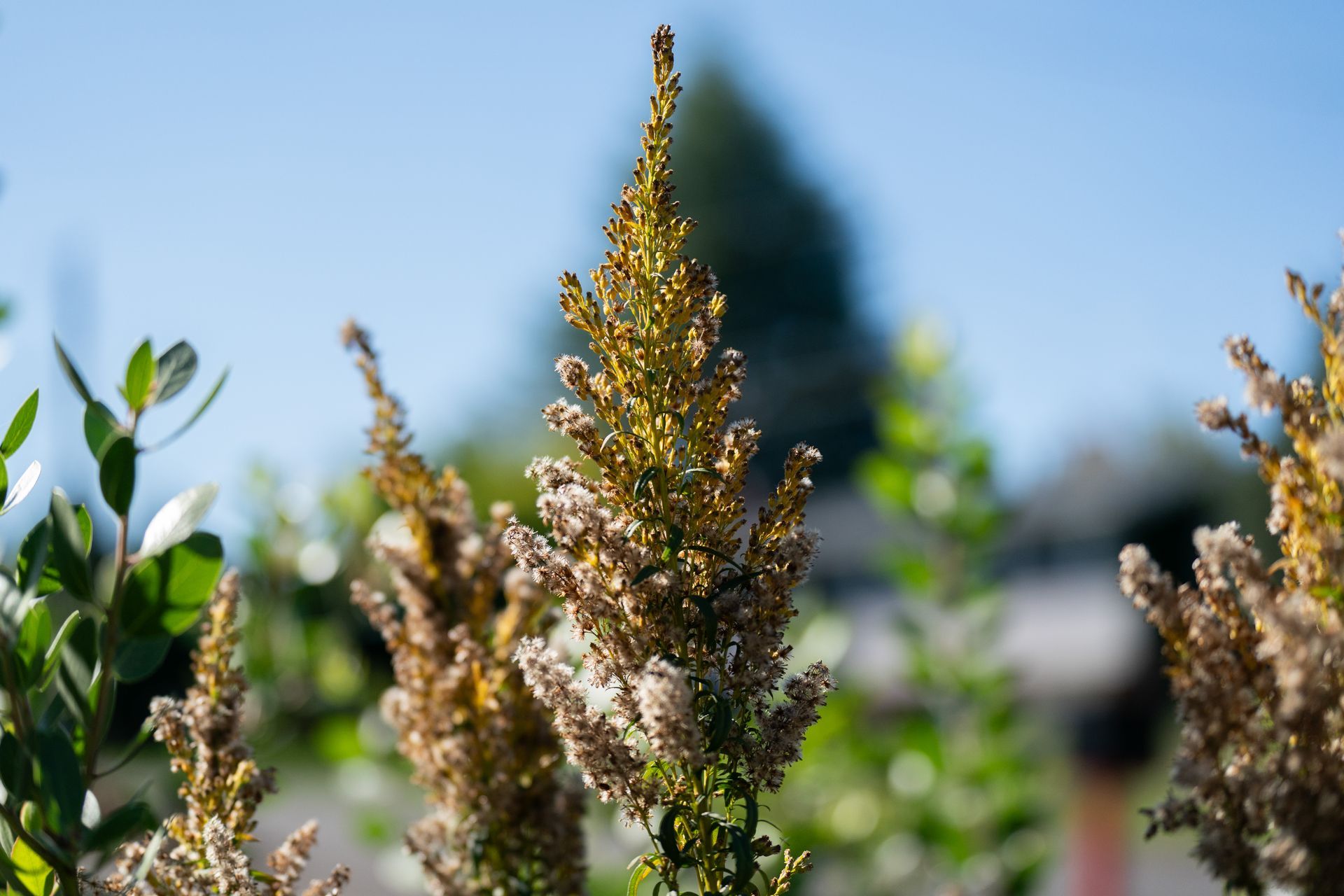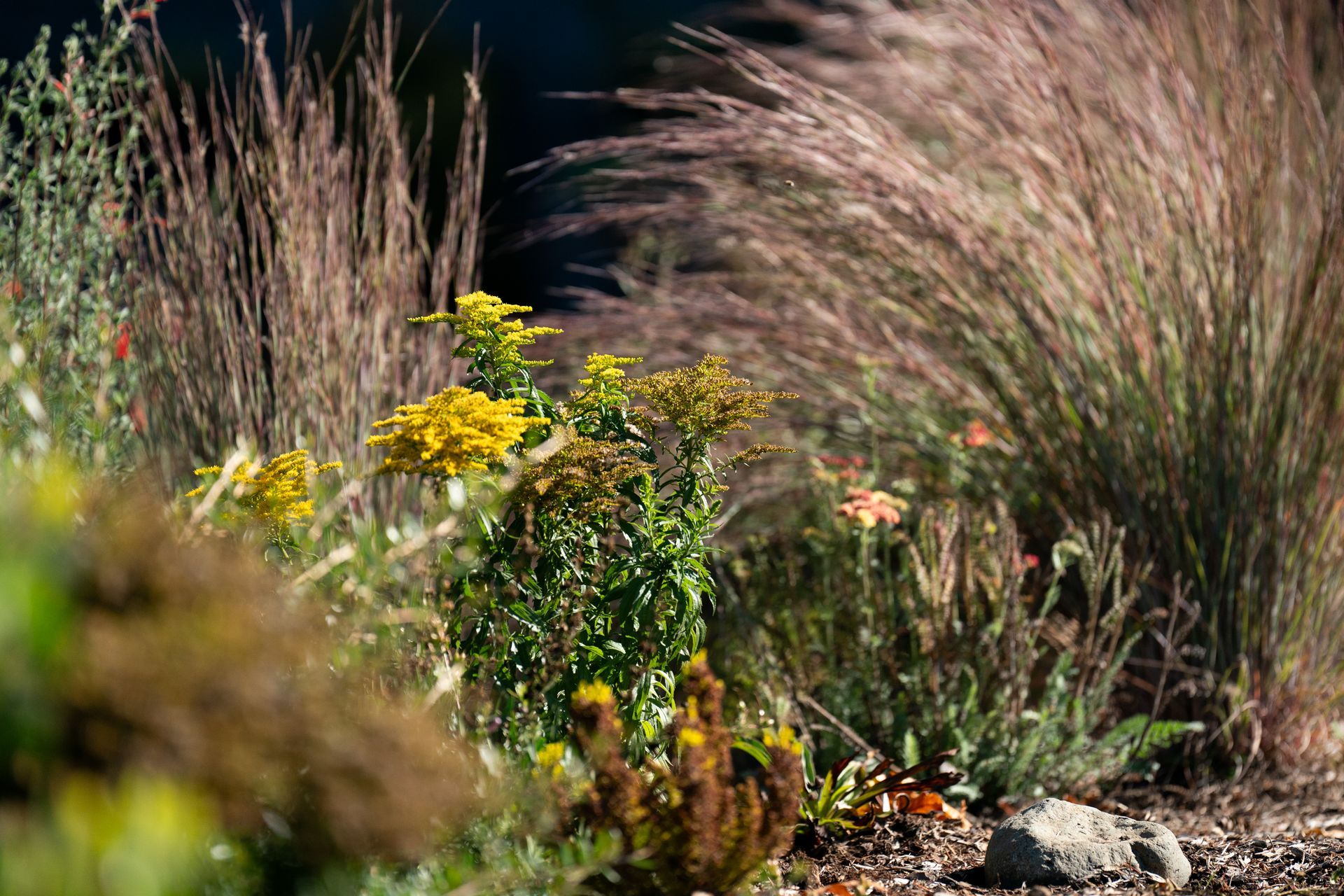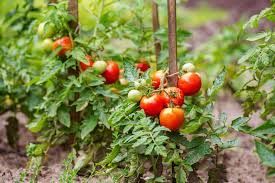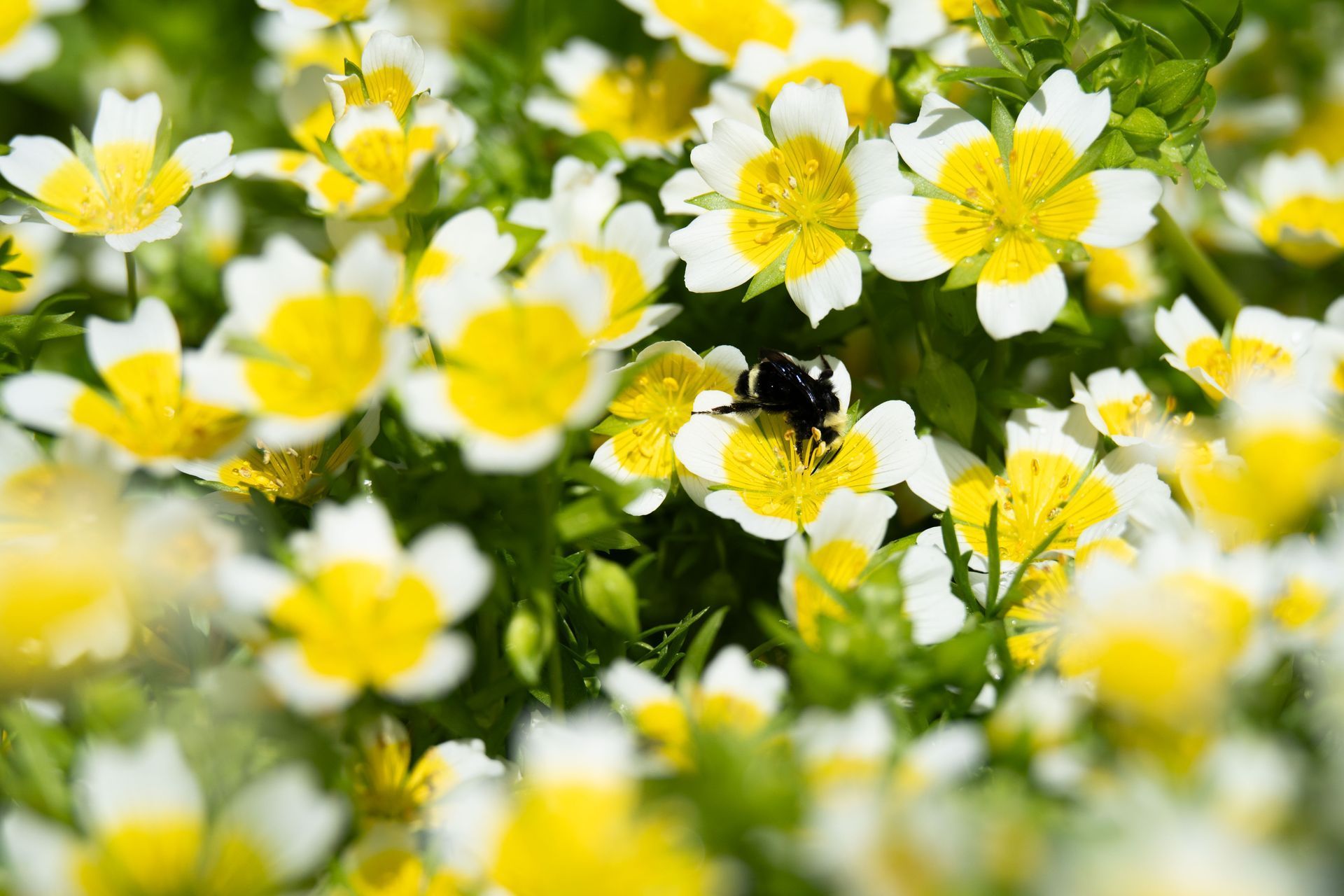By Dale Hickey
•
November 6, 2025
The Rainy Season Has Arrived There’s no doubt about it — the rainy season has begun! November is historically the wettest month of the year in Oregon, and your landscape will thank you for a little extra preparation. Here are some tips to keep your garden healthy, resilient, and habitat-friendly this season: General Maintenance Clean roof and gutters to prevent overflow and protect drainage systems from clogging. Compost or mulch fallen leaves instead of disposing of them — they’re valuable organic matter. Look for bare soil and cover exposed areas with organic mulch such as medium dark hemlock, arborist chips, or fallen leaves. Weed first, then mulch to prevent erosion and feed soil lif e. Mulch insulates plant roots, suppresses weeds, and supports beneficial organisms like earthworms and fungi. Some tender plants (Fuchsias, Dahlias, Cannas) benefit from an extra “blanket” of mulch to protect from frost. Remember: mulch in summer also conserves moisture and keeps roots cool. Check irrigation systems : Turn off the automatic controller. Turn off the water at the street or backflow prevention device. Drain the system if possible to prevent damage from freezing. Prune tall roses back by about one-third to prevent winter wind damage. Avoid hard pruning until they’re fully dormant later in the winter. Lawn Care (or Lawn Alternatives!) If moss is creeping in, it’s a sign of shade, poor drainage, or compacted soil. Before reaching for moss killer, consider reshaping or reducing your lawn. Converting shaded areas to native groundcovers or meadow plantings benefits pollinators and reduces mowing. If you maintain lawn areas, aerate, lime (50–80 lb per 1,000 sq ft), and fertilize with a slow-release winter blend to support healthy growth. Remove fallen leaves promptly. Wet leaves can smother grass, but when raked into planting beds, they become excellent free mulch that improves soil structure and provides habitat for overwintering insects. Store garden tools and equipment clean and dry: sharpen blades, oil metal surfaces, and disconnect hoses to prevent freeze damage. Planting & Seasonal Color Now is the best time to plant or transplant trees and shrubs — roots establish best in cool, moist soil. (Unless we are talking cacti and succulents, let's plant those in Spring!) Still time for spring bulbs! Get tulips, daffodils, crocus, and alliums in the ground before it freezes. Force Paperwhite Narcissus indoors for holiday blooms — they flower in about five weeks. Prune shrubs that bloomed in late summer or fall. Avoid pruning spring bloomers now, as you’d remove next year’s buds. Soil & Drainage Watch for water pooling during heavy rains. If you see soggy areas, consider adding rain gardens, French drains, or dry wells to improve infiltration. Native sedges, rushes, and moisture-loving ferns thrive in these areas and support native pollinators. Compost and leaf cover: Spread composted manure or leaf mulch over dormant garden beds to feed soil life and prevent compaction. Shrubs, Trees & Perennials Rhododendrons and Azaleas: If leaves are yellowing, fertilize lightly with an acid-loving plant food while soil is moist. Never lime these plants. If they’re already green, simply mulch with leaves — they prefer organic matter over extra fertilizer. Tender perennials like Dahlias or Cannas can be dug, stored, or mulched deeply for winter protection. Vegetable & Edible Gardens Garlic can still be planted for harvest next summer. Fruit trees: rake and remove diseased leaves to prevent fungal spread — replace with clean leaves or bark mulch. Rhubarb and asparagus beds: top with compost or composted manure. Cover vegetable beds with a 3–4-inch layer of leaves to prevent compaction and enrich soil for spring planting. Store potatoes around 40°F in a dark, cool space like a garage. Habitat & Wildlife Leave seed heads on native plants, ornamental grasses, echinacea, and rudbeckia to feed birds and shelter beneficial insects. Add bird habitat: Provide water, shelter, and native food sources through shrubs like snowberry, elderberry, and red-twig dogwood. Avoid using slug bait with metaldehyde — instead, hand-pick slugs or use iron phosphate-based alternatives safe for pets and wildlife. Consider planting Saffron Crocus (Crocus sativus) — a late-blooming crocus that supports pollinators and yields edible spice threads next fall. Houseplants: reduce fertilizing during low-light months; let them rest until spring.






